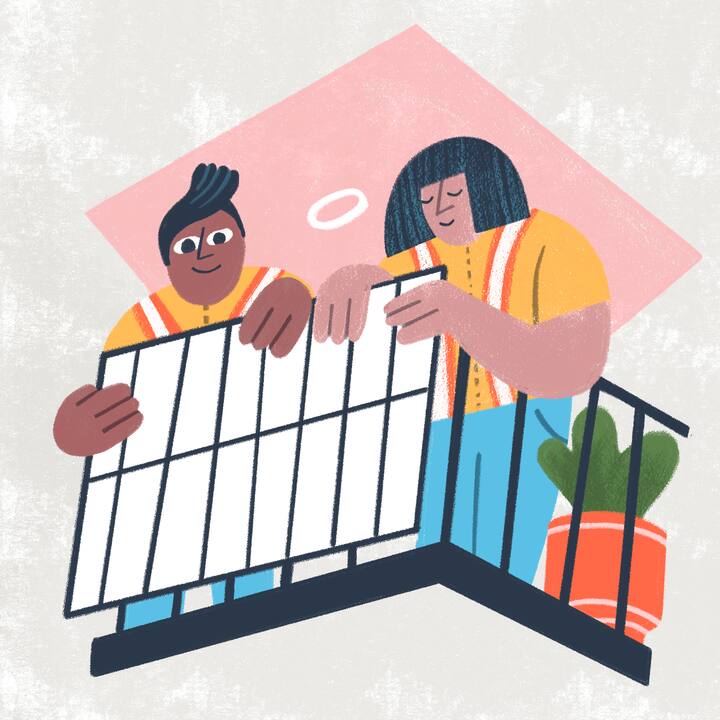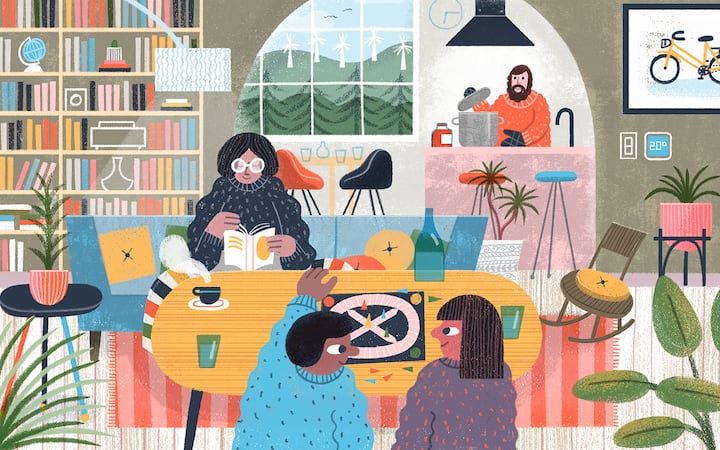
Energy Saving Guide for Hosts
With this guide, we would like to provide our hosts with comprehensive tips on how they can save energy in their accommodation. The tips were collected in our host-community and reviewed by our partner, Futouris (experts in the field of sustainable tourism). Below you can also download a guide to hand out to your guests, to inform them about how to save energy during their stay.
Download the guide for Guests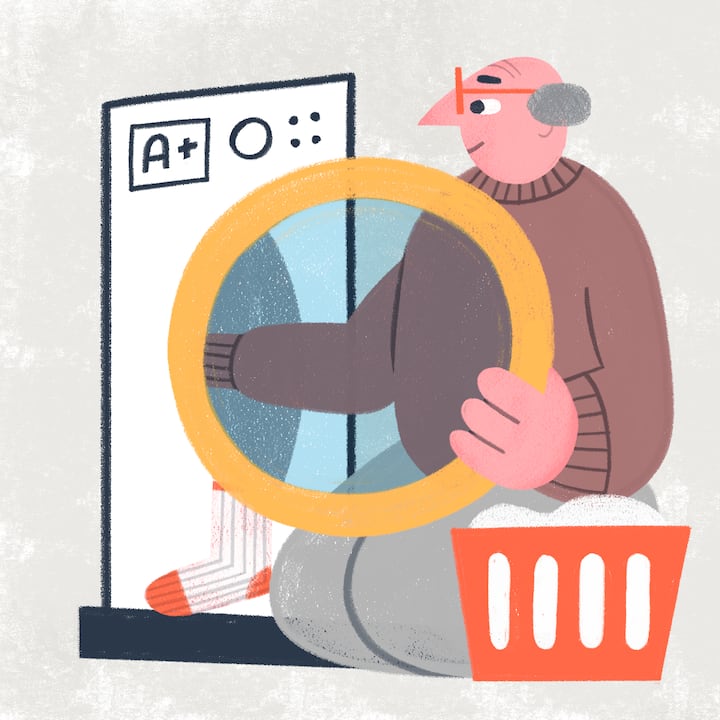
Amenities and Furnishing
- If you need to replace electrical appliances in your home, pay attention to the energy efficiency class (EU energy label), the appropriate size of the appliance and the power consumption.
- Set the refrigerator at 7° C - every degree colder increases electricity consumption by 4-6%.
- Defrost the freezer regularly. The layers of ice formed inside the freezer can increase electricity consumption.
- Install smart home devices to automate and control the heating, air conditioning, lighting, shades, etc. even if you can't be there in person. For example, you can ask your guests for their check-in and check-out time to preset the heating times and temperatures.
- Use motion sensors for lighting in rooms that are not in constant use (such as hallways and the bathroom).
- Install energy-efficient LED light bulbs - these use up to 80% less energy than an incandescent bulb to give off the same brightness.
- Install power strips and ask your guests to turn them off when they are not using the appliances plugged in (e.g. microwave, TV) so that standby is prevented.
- Light-colored walls and rooms need to be less brightly lit than dark ones, since most of the light is reflected by light-colored objects. Therefore, make your rooms as bright as possible.
- Use green electricity.
Heating
- Install smart electronic thermostats for radiators. The programmable settings can save up to 10% heating energy. Also explain to your guests how they work, so they can set the heating times according to their schedules.
- Just 1 degree lower temperature saves 6% of energy. Recommended temperatures: 20° C in the living room, 18° C in the kitchen, 16-18° C in the bedroom.
- Install a thermostatic head with a clip, to manually prevent the heating from being increased.
- Do not place furniture or curtains in front of radiators to allow the heat to fill the room.
- Insulate the recesses at the back of the radiators, for example with a reflective layer, so that the heat doesn't escape into the wall.
- Offer extra blankets for the bedroom to your guests and put out cozy blankets in the living area.
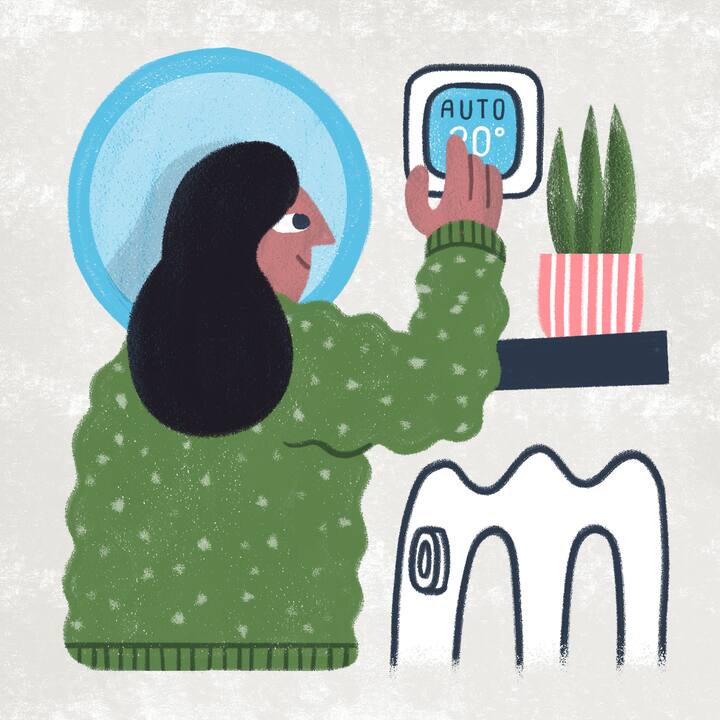
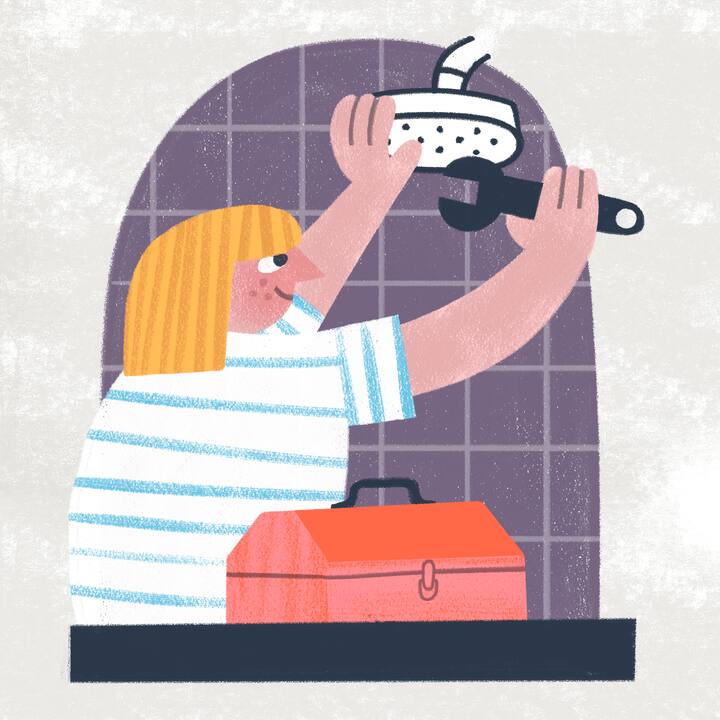
Water
- By installing water flow restrictors or water-saving shower heads, you can limit water consumption to 6-10 liters per minute. Rain showers and older shower heads consume on average about 15 liters of water per minute, while modern water-saving shower heads only between 6 and 10 liters.
- Some mixer taps for the shower allow you to set a fixed temperature. If you want higher temperatures, you must first turn the temperature control knob in the shower. The same applies to the regulation of water pressure. If the water pressure is too high, the water simply bounces off the body instead of flowing down it.
- Installing a water-saving flush, low-flush or dual-flush in your toilet can also save water. Toilet flushing already consumes 30% of the average total water consumption per day.
- If possible, program the circulation pump for water so that it does not work at night (usually in the middle of the night no hot water is needed).
Maintenance and cleaning
- Air dry the laundry instead of using a tumble dryer (also applicable in sub-zero temperatures). A tumble dryer consumes 2-3 times as much electricity as a washing machine.
- Hire a professional to optimize the hydraulic balance of your heating system.
- Regularly vent air from the radiators.
- Seal windows and doors, e.g. with elastic sealing tape, so that no cold air gets through.
- Insulating your heating pipes can save up to 10 liters of heating oil per insulated meter per year.
- Measure / check your energy and water consumption regularly and document it in order to find areas of improvement.
- Use an ammeter to find possible energy guzzlers.
- Dust eats up energy! Regular dusting of lamps, lights or appliances saves energy.
- Also share these tips with your cleaning staff and remind them to use environmentally friendly programs for washing machines and dishwashers, unplug appliances if guests don't do so themselves, reset thermostats, etc.
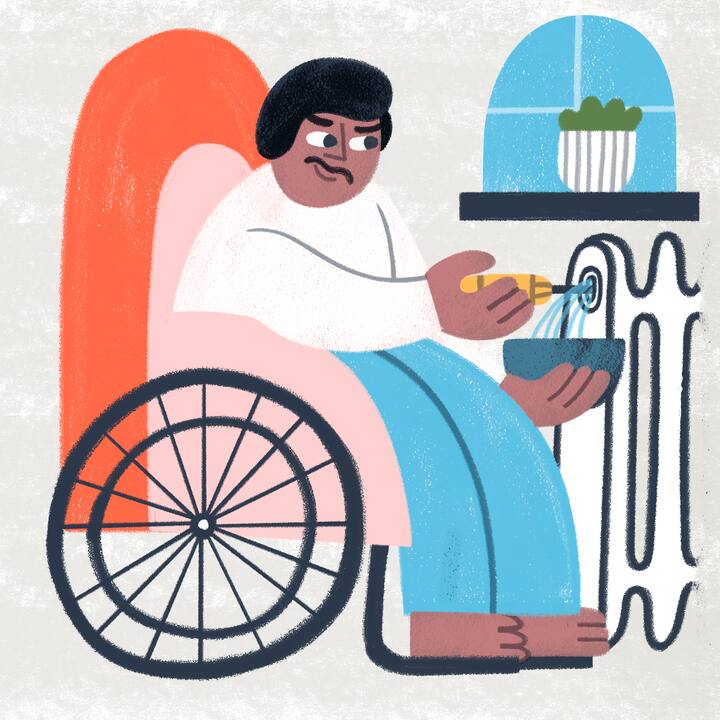
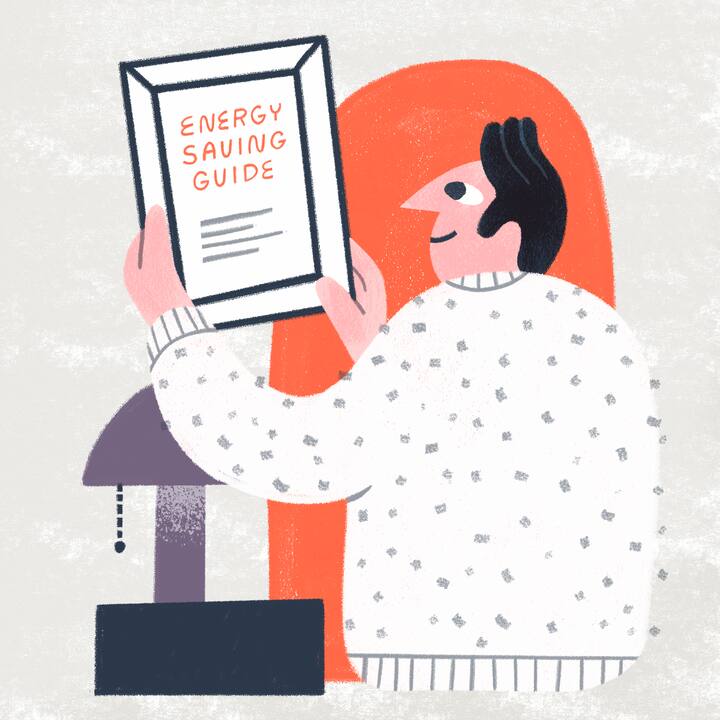
Communication with guests
- Remind your guests to be mindful with their energy use. For example, you can hang handmade signs with energy-saving tips in your accommodation or download the guide we developed together with an industry expert (Futouris) {{insert link to PDF download}}. Either send the guide to your guests via Airbnb message or print it out and put it in your accommodation.
- Include energy saving tips in your house rules when listing on Airbnb.
- Use positive, understandable and encouraging language when communicating and appeal to a sense of community ("We can contribute together").
- If guests inform you that they would also like to use your apartment for remote work, you can ask them how to set the heating times to make it comfortable for them.
Larger investments
- Invest in the installation of 3-layer windows.
- Install a geothermal heat pump.
- Invest in renewable energy: a photovoltaic system applied on your balcony can power major appliances with its own electricity.
- Think about alternatives to electricity/gas, such as clay stoves heated with wood.
- Take advantage of the advice at your local consumer center to learn more about potential savings.
- Many governments offer financial incentives for environmentally friendly investments, visit the respective websites of your region for more information.
